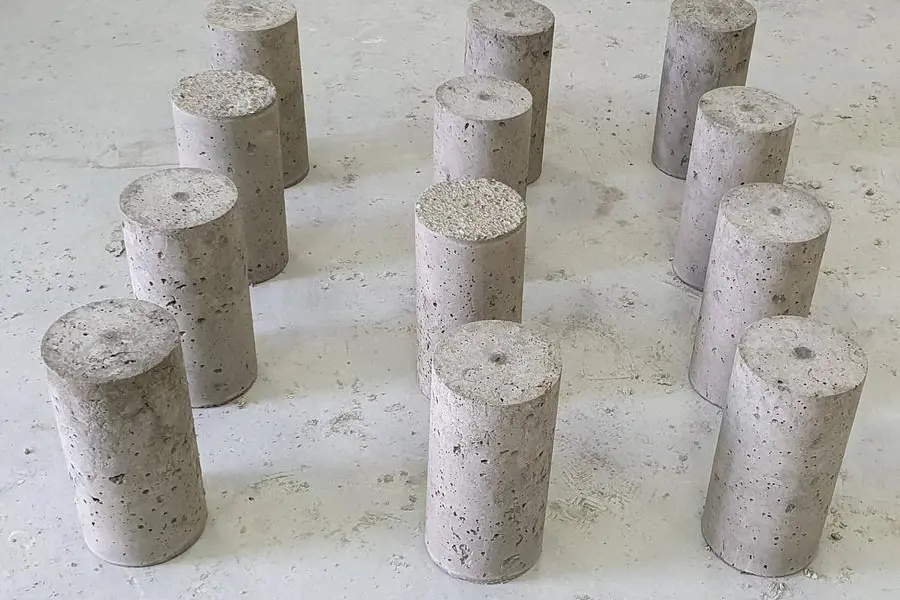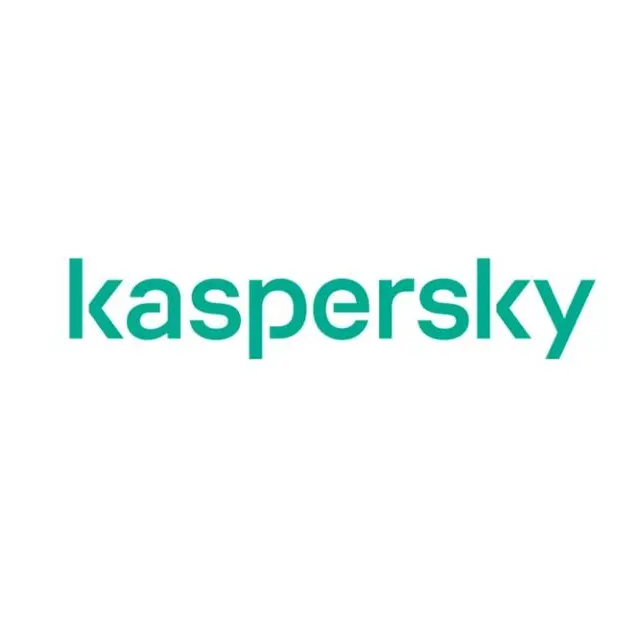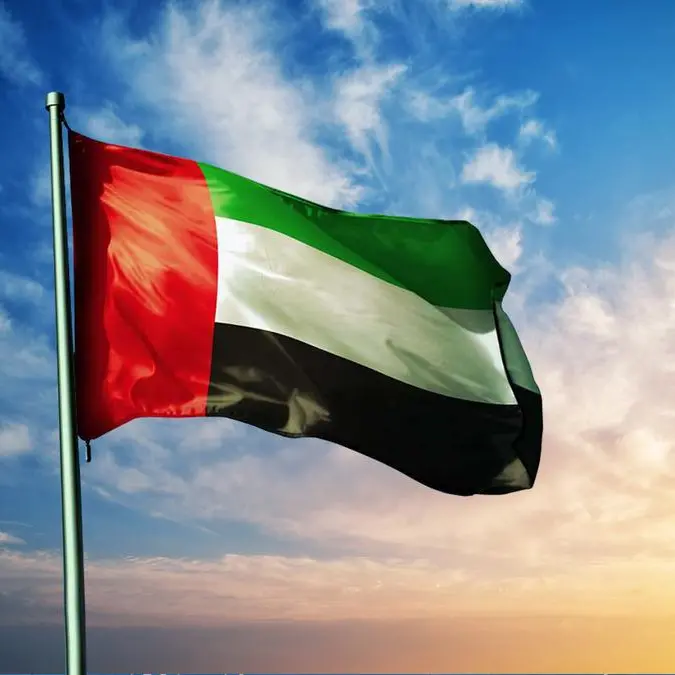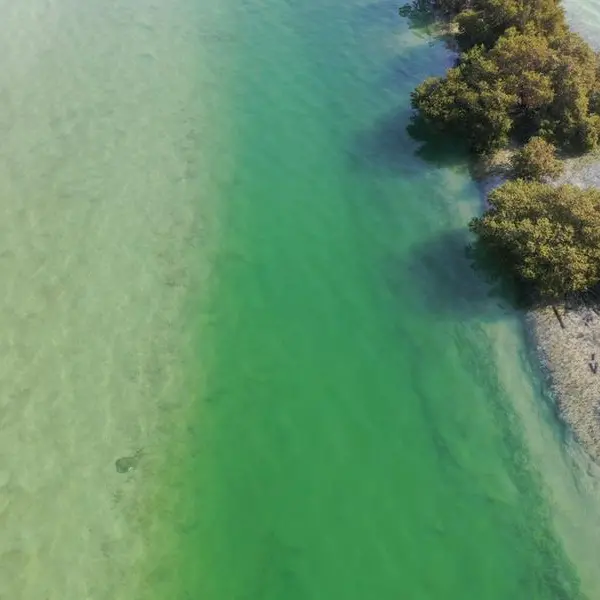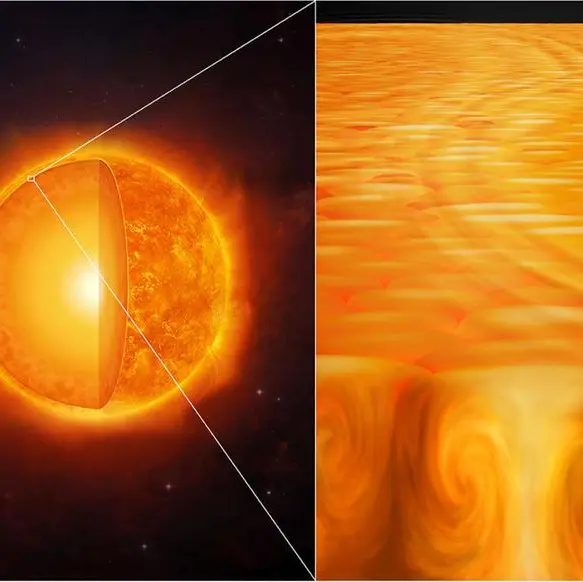PHOTO
Ras Al Khaimah, UAE: As part of quest for substitutes for cement in the construction industry, a group of researchers from ten universities – including the American University of Ras Al Khaimah (AURAK) -- have published a paper that explores the viability of the use of rice husk ash as a partial replacement of cement for the production of sustainable concrete.
Rice husk ash (RHA), which is rich in silica, has favorable chemistry as supplementary cement-like material for use in concrete. The use of RHA in concrete results in its chemical reaction with the hydrates of cement, chiefly Calcium Hydroxide, and forms secondary products that impart strength and stability to the resulting concrete mixture.
The production of concrete is associated with the release of a significant amount of carbon dioxide gas associated with the production of cement, which is one of the main ingredients of concrete. The aim of the study was to reduce the negative environmental impacts associated with the manufacturing of concrete. Environmentalists strongly believe cement must be replaced with a substance with a lower carbon footprint.
The study used Machine Learning (ML) techniques to develop prediction models for the compressive strength of RHA concrete, in contrast to the traditional methods which are both expensive and time-consuming. ML approaches are now used in the materials industry for developing efficient predictive models that explicitly incorporate the relationship between response parameters and input factors. The study provides valuable guidance for builders and researchers to estimate the compressive strength of RHA concrete.
In the ongoing second phase of the research (exclusively carried out at AURAK), the effects of RHA as a partial replacement of cement in concrete were investigated in a laboratory experimental program. Cement was replaced at 5%, 10%, and 15% (by weight) with RHA for the production of concrete. Important strength and durability characteristics of the resulting concrete mixtures were evaluated in fresh and hardened states at various concrete ages.
Test results showed that the use of RHA as a partial replacement of cement in concrete enhances the later age compressive strength, abrasion resistance, and moisture barrier characteristics of concrete. In addition, an important durability indicator of concrete, namely low drying shrinkage, is significantly improved with the incorporation of RHA as a partial replacement for cement.
Prof. Stephen Wilhite, Senior Vice President of Academic Affairs and Student Success and Provost, AURAK, said: “We would like to compliment the research team that contributed to this study. It is part of ongoing global attempts by different researchers to find replacements for environmentally harmful materials. The results are encouraging and we are confident that research into the use of rice husk ash as a replacement for cement will get continue and potentially boost sustainability in the construction sector.”
Prof. Roz-Ud-Din Nassar, from the Department of Civil and Infrastructure Engineering, AURAK, and one of the authors of the paper, said: “As the world struggles to reduce CO2 emissions to save the planet, it is everyone’s duty to contribute to this effort. We are happy that our research makes a strong case for using RHA as a partial replacement for cement in concrete manufacturing. The outcomes of the test results point to the viability of using RHA in concrete for the production of economical, durable, and environmentally-friendly concrete mixtures. Such mixtures represent an important step in the direction of sustainable construction practices.”
Considering cement’s binding properties, the US Geological Survey (USGS) estimates that around 4 billion tons of cement are produced globally each year, accounting for 7% of the total CO2 emissions. To be more precise, 1 ton of cement manufacturing produces 0.9 ton of CO2.
The other universities whose researchers were involved in the first phase of the study were: Najran University, Saudi Arabia; University of Engineering and Technology, Pakistan; Macroview Projects, Australia; Prince Sattam Bin Abdulaziz University, Saudi Arabia; Gulf University for Science and Technology, Kuwait; Silesian University of Technology, Poland; Budapest University of Technology and Economics, Hungary; Luleå University of Technology, Sweden; and Monash University, Malaysia.
-Ends-
About the American University of Ras Al Khaimah
The American University of Ras Al Khaimah (AURAK), located in the United Arab Emirates, is a non-profit, public university that offers a comprehensive set of accredited and internationally recognized programs. With a focus on holistic education and practical knowledge, AURAK prepares students to become global citizens who are innovators in their respective fields. Through partnerships with top global universities and organizations, AURAK provides students unparalleled opportunities to gain international exposure and experience.
This press release is issued on behalf of the American University of Ras Al Khaimah (AURAK)
by Communicate Gulf FZE, Sharjah, UAE. For media queries, please contact PR Consultant Anthony D’Silva
Email: anthony@communicategulf.net
